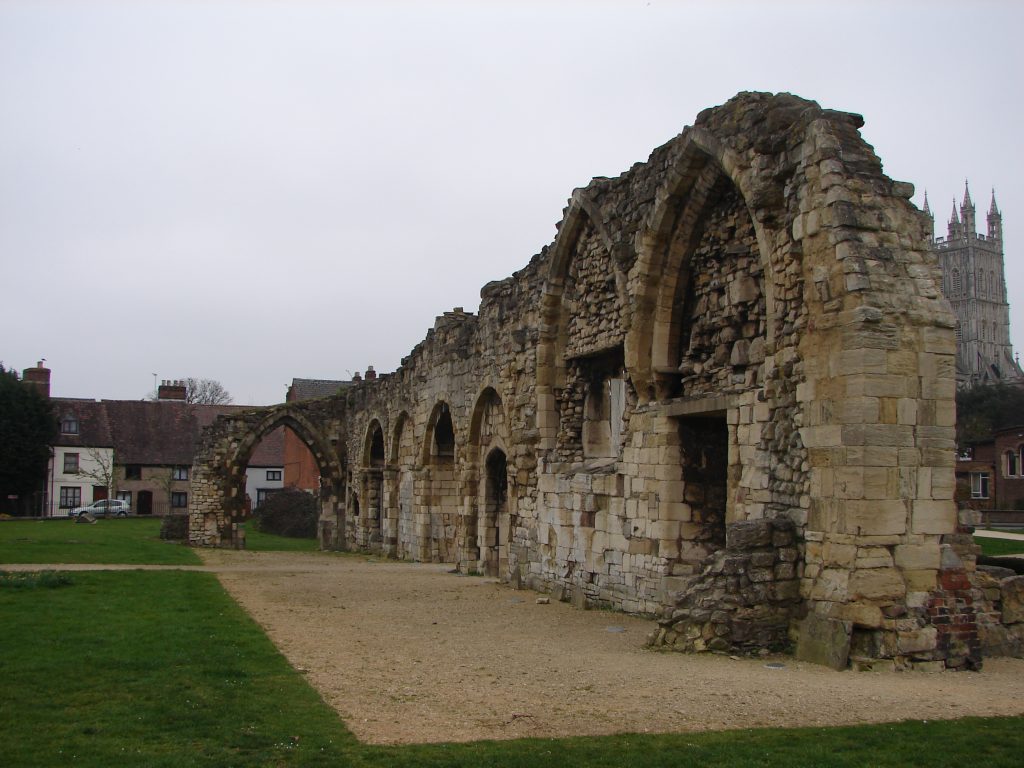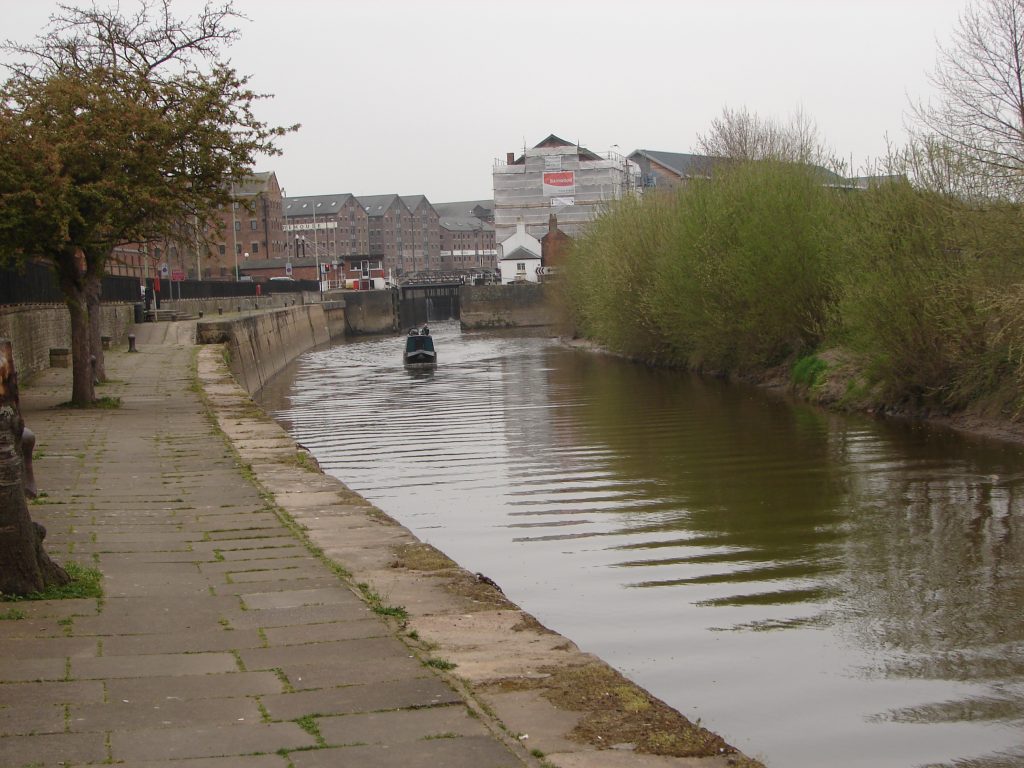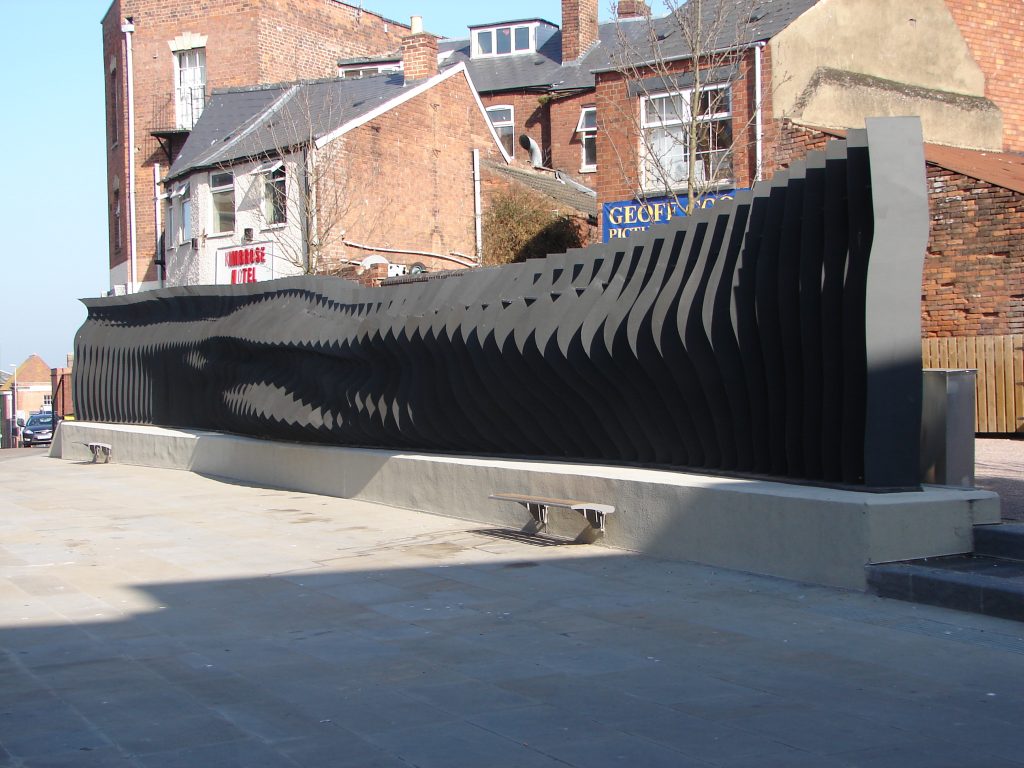 As 2020 draws to a close I want to complete the medieval topics from Memento Mori which I have been presenting in recent postings. Two topics deserve our attention before I move on to others from Templar’s Prophecy next year. These will begin with Lollardy and Medieval Gangs.
As 2020 draws to a close I want to complete the medieval topics from Memento Mori which I have been presenting in recent postings. Two topics deserve our attention before I move on to others from Templar’s Prophecy next year. These will begin with Lollardy and Medieval Gangs.
Many modern readers are not familiar with the meaning of Lollardy which plays a role in Memento Mori, the third novel in my Lady Apollonia West Country Mysteries. This term refers to reformed religious followers in England of the Oxford scholar John Wycliffe who was introduced in my first book, Effigy of the Cloven Hoof, because of his historic connection with the village of Aust in which that book was set. That association was described in my blog posting of November 13, 2016, a link to which is available in the Archives on the lower right. John Wycliffe, pictured on the right, died on the last day of 1384. He had been declared a heretic in 1381 because of his translation of the Bible into English and for many of his ideas about reforming the Catholic Church.
The term “Lollardy” was first used in England in 1387 by the Bishop of Worcester in whose diocese Gloucester is located. Memento Mori is set in that city in 1392, so the people there who were interested in Wycliffe’s ideas were among the first in England to be called by that name. Lady Apollonia’s third husband, Richard Windemere, is a wealthy merchant, and it is with his merchant friends that he became involved in discussing some of Wycliffe’s ideas of reform. These friends seemed to be particularly interested in Wycliffe’s Bible in English and in his conviction that the great wealth of the medieval church contradicted the teachings of Jesus in the New Testament. Robert Windemere learns that his wife, the Lady Apollonia also shares some of Lollardy’s concerns about abuses and problems in the Church without openly supporting the Lollards. In the years after Wycliffe’s death, the scholar and the Lollards were declared to be heretics by the Roman Church.
I introduced the idea of medieval gangs in Effigy of the Cloven Hoof, Book One of the series, where a gang run by a noble family in Devon was involved in smuggling and other illegal activities. That gang was enabled to include smuggling in its list of illegal activities because of its location near the English Channel. One survivor of that family makes an appearance early in Memento Mori, Book Three, under the assumed name of Jimson, as a member of a gang run by a corrupt cellarer monk of Saint Oswald’s Priory in Gloucester. Historically, Saint Oswald’s Priory had experienced declining fortunes by 1392, a fact I used to allow this corrupt monk to misuse his power as cellarer and run a gang for his own enrichment. The ruins of Saint Oswald’s Priory are pictured below.
 Jimson, while involved in a robbery for the cellarer’s gang, encounters a more powerful gang run by the illegitimate daughter of the Sheriff of Gloucestershire. She is one of my favorite villains as she used her class status to run the most powerful gang in the city. Her gang used an abandoned warehouse by the quay along the River Severn in Gloucester, the site of the medieval quay is pictured below.
Jimson, while involved in a robbery for the cellarer’s gang, encounters a more powerful gang run by the illegitimate daughter of the Sheriff of Gloucestershire. She is one of my favorite villains as she used her class status to run the most powerful gang in the city. Her gang used an abandoned warehouse by the quay along the River Severn in Gloucester, the site of the medieval quay is pictured below.
In January, we will begin to post topics from my fourth book, Templar’s Prophecy and plan to start with the prologue, which is set in, of all places, Nubia in the mid-14th century. I hope you will stay tuned.




